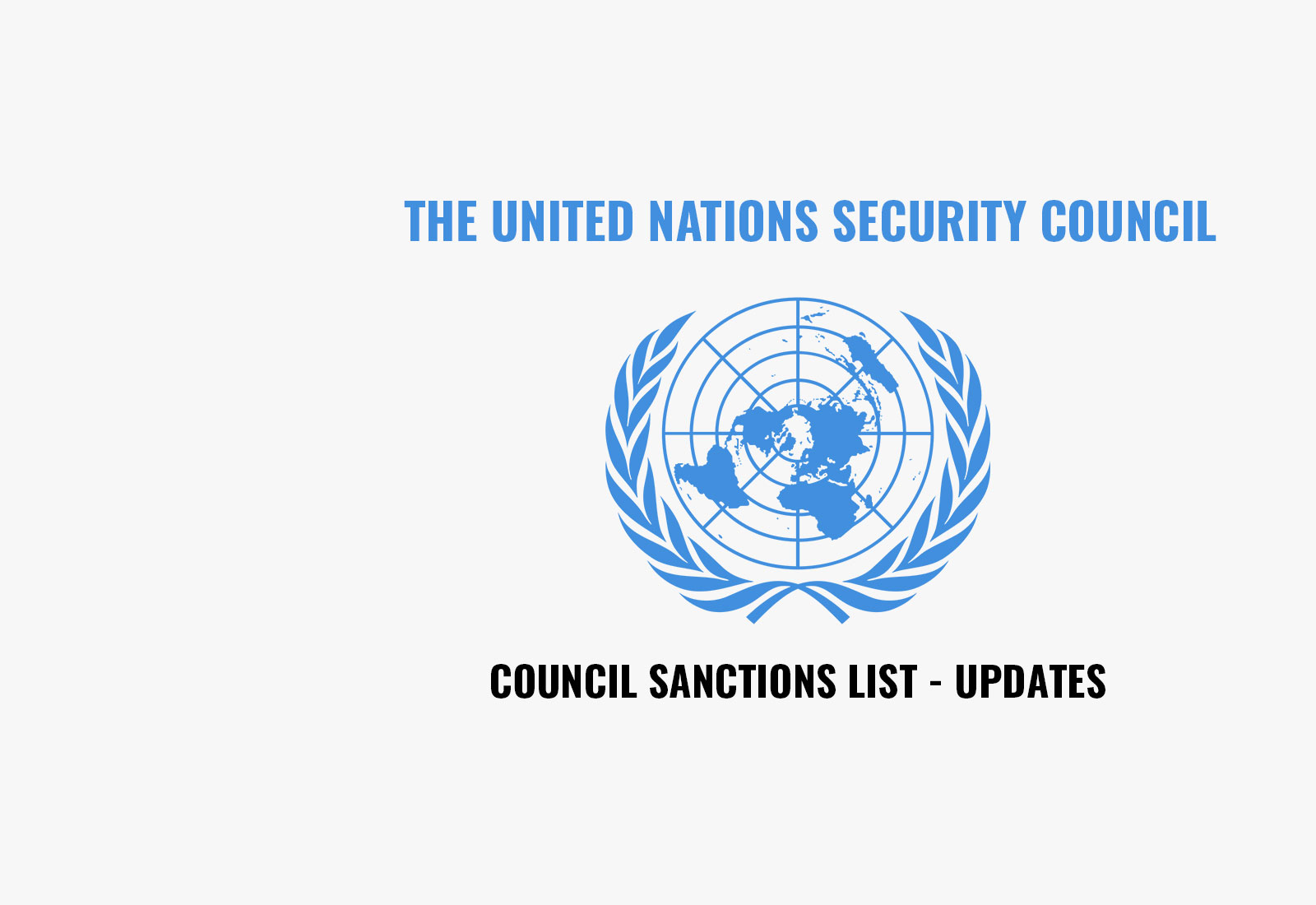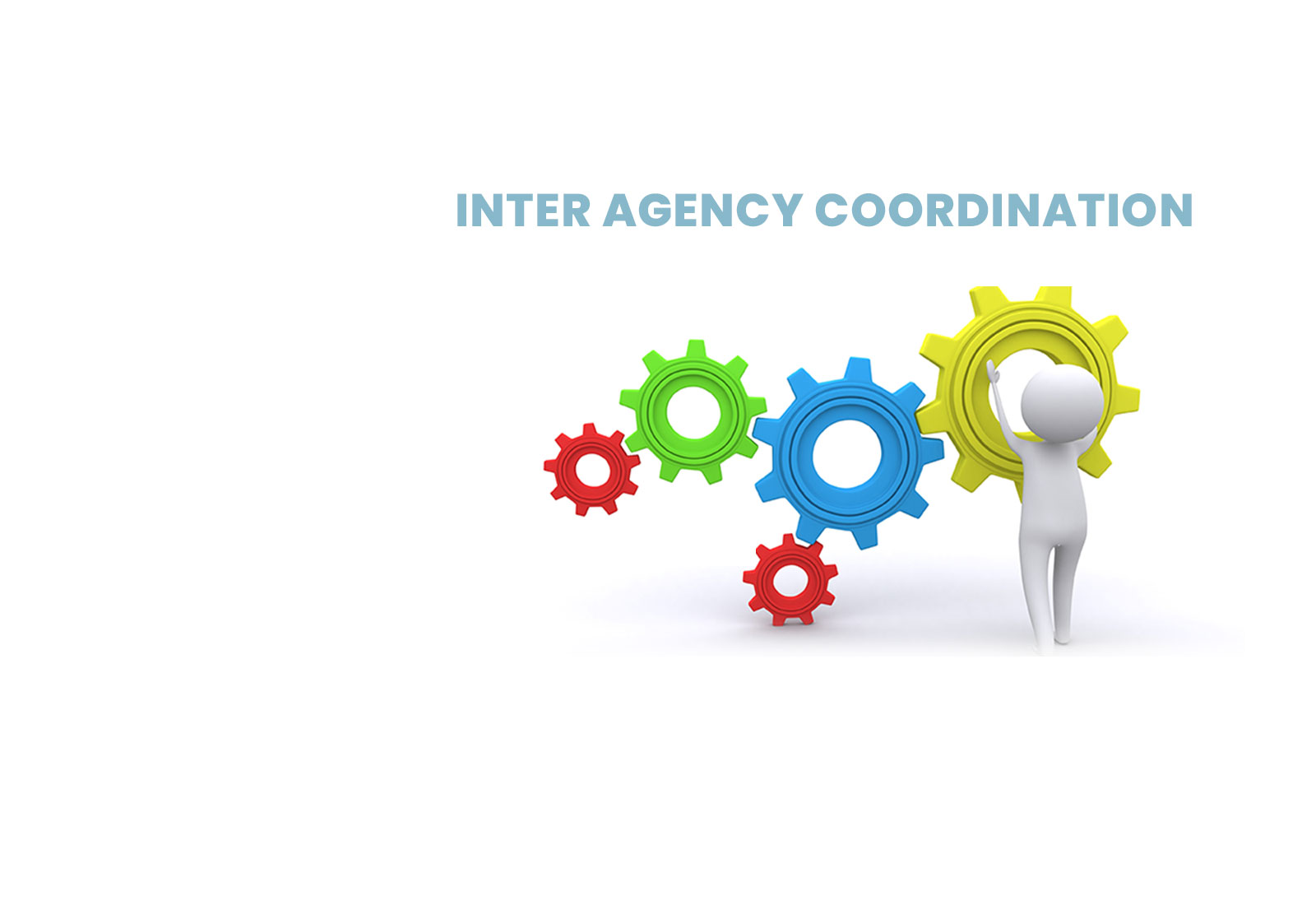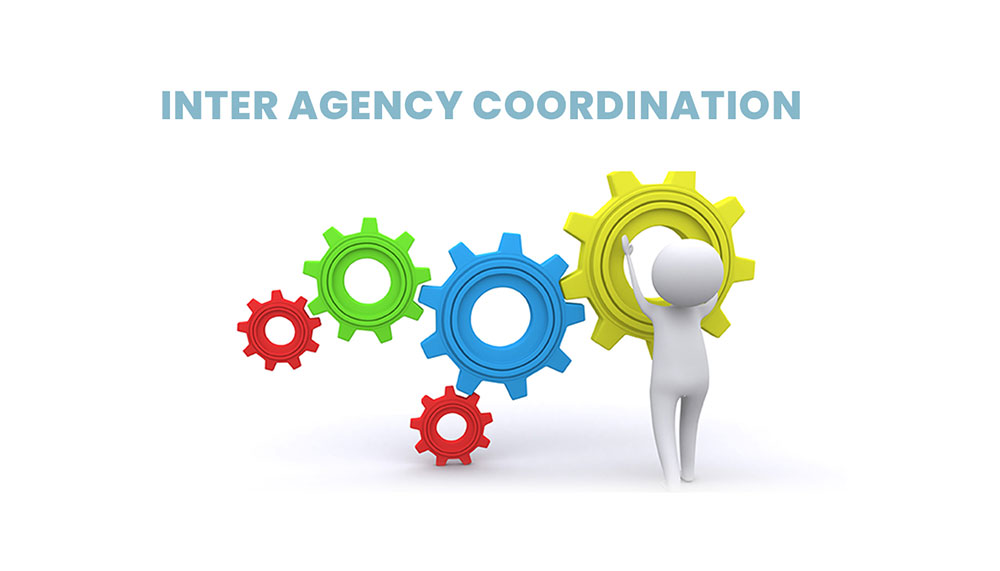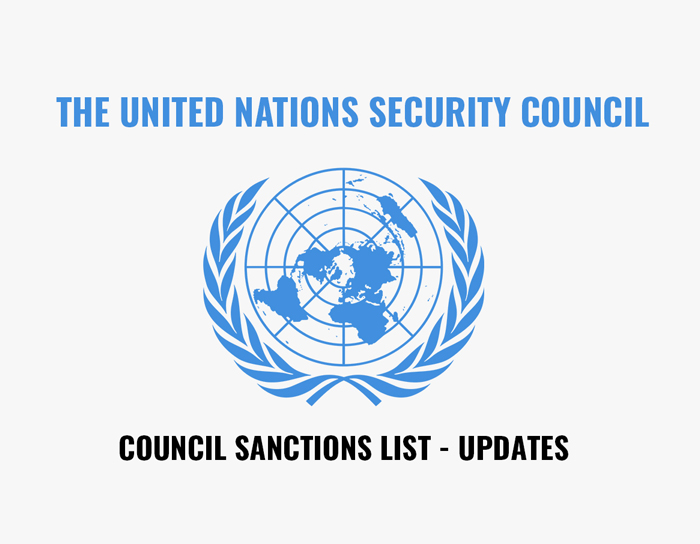Counter Terrorism Analysis and Fusion Division (CTAFD)

Counter Terrorism Analysis and Fusion Division
We execute our mandate by leveraging on expertise from across a diversity of backgrounds and disciplines fused together in an integrated environment to compliment Botswana’s Counter Terrorism efforts.
Read More
Counter Terrorism Analysis and Fusion Division
CTAFD issues public notices in the form of a consolidated list of all individuals and entities subject to measures imposed by the Security Council. This list is in line with the United Nations (Financial Prohibitions, Arms Embargo and Travel Ban) Sanctions Act 2019.
Read More
Counter Terrorism Analysis and Fusion Division
It is evident that to effectively detect, deter, and defeat contemporary terrorism a coordinated approach by all national security agencies is required. It is also clear that no single agency can deal with this problem alone because terrorism cuts across multiple jurisdictions.
Read More
Counter Terrorism Analysis and Fusion Agency
We execute our mandate by leveraging on expertise from across a diversity of backgrounds and disciplines fused together in an integrated environment to compliment Botswana’s Counter Terrorism efforts.
Read More
Counter Terrorism Analysis and Fusion Agency
CTAFA issues public notices in the form of a consolidated list of all individuals and entities subject to measures imposed by the Security Council. This list is in line with the United Nations (Financial Prohibitions, Arms Embargo and Travel Ban) Sanctions Act 2019.
Read More
Counter Terrorism Analysis and Fusion Agency
It is evident that to effectively detect, deter, and defeat contemporary terrorism a coordinated approach by all national security agencies is required. It is also clear that no single agency can deal with this problem alone because terrorism cuts across multiple jurisdictions.
Read More
